tutorial, study guide, web links, and critical commentary
The Doctor’s Wife (1865) was the tenth work of Mary Elizabeth Braddon, a prolific Victorian novelist. She had shot to fame with her fourth publication Lady Audley´s Secret which established her reputation as doyenne of the ´sensation novel´. These works were described as ´novels with a secret´, and they rested heavily on the inclusion of what were considered shocking topics such as bigamy, imprisonment, false identity, forged wills, and other quasi-Gothic elements. Braddon wove these shocking topics into what were otherwise conventional social realist novels of middle and upper-class life – but the´sensation´ elemenst suggested dark forces lurking beneath the surface of polite society.
The Doctor’s Wife – a note on the text
The novel was first issued as a serial in monthly instalments between January and December 1864 in Temple Bar, a magazine devoted to poetry, essays, and prose fiction. It was then published in three-volume format, which was conventional at that time. Various other editions of Braddon´s works were issued during her own lifetime as a result of the popularity of her writing. For a full description of the textual history of the novel, see Lynn Pykett´s notes to the Oxford World´s Classics edition of the text.
The Doctor’s Wife – critical commentary
The sensation novel
Towards the end of The Doctor’s Wife Braddon (speaking with the voice of the narrator) claims ‘This is not a sensation novel. I write here what I know to be the truth.’ But she writes very much tongue in cheek, for the novel has many of the ingredients of a sensation novel – or ‘the novel with a secret’ as they were sometimes described.
The major secret in the narrative is the fact that Isabel’s father Mr Sleaford is not a ‘barrister’ as he is described in an opening chapter. He disappears immediately after this introduction when the family fall behind with the rent and are forced to vacate their Camberwell dwelling. Sleaford emerges again during the middle of the novel as the man who threatens to kill Roland Lansdell – but his identity is disguised behind the pseudonym ‘Jack the Scribe’.
Sleaford (we learn later) is in fact a criminal fraudster who specialises in forgery – for which he is eventually sent to jail. His family home in Camberwell is built on a sham existence, a pretence of respectability which is shattered when he is found out and has to de-camp.
Braddon plays a little unfairly with her readers over this issue. We spend page after page locked in the private thoughts of Isabel Sleaford about every aspect of Roland Lansdell’s character and doings, but not once does she think of the link between her father and the man she loves, who she knows has threatened to kill him.
In other words, psychological credibility in the novel is sacrificed to melodramatic plot manipulation to produce the shock effect of Sleaford’s sudden reappearance at the end of the novel. These are precisely the sort of sensation novel cliches Braddon satirises in the earlier parts of the book which feature the (somewhat superfluous) character Sigismund Smith, who writes sensation novels.
There are many other elements of the sensation novel at work in the plot. When Sleaford comes out of prison he blackmails his own daughter and then bludgeons Roland Lansdell to death as he threatened to do when Roland acted as a witness at his trial.
Roland falls in love with Isabel – who is married – and wishes to elope with her to live in Italy – which introduces the element of adultery, even though this ultimately does not take place.
Madame Bovary
The similarities between The Doctor’s Wife and Madame Bovary (1856) will be obvious to anyone who has read both novels – which were written only a few years apart. Both Isabel and Emma Bovary are victims of an addiction to romantic fiction, both are married to forbearing but boring provincial doctors, and both become emotionally involved with characters of a higher social status.
These similarities are quite obvious – but the differences are instructive. Flaubert’s heroine Emma Bovary does actually commit adultery, which is the logical development of a romantic passion. Braddon’s heroine does not cross this line – since censorship of fiction was much stricter in England than in France at the time. But it should be noted that Flaubert was pilloried by the French establishment and taken to court for the ‘immorality’ of his text.
Isabel rationalises her rejection of Roland’s offer of sexual commitment with the argument that to accept it would sully the romantic image in which she had enveloped him. This attitude blends seamlessly with the quasi-religious sentiments into which the events of the novel descend in its closing stages.
Contemporary readers are likely to find these issues of narrative resolution disappointing if not unconvincing. Isabel suddenly finds ‘respect’ for her husband, Roland forgives the man who has attacked him, and he ‘realises’ that he has ‘wronged’ Isabel by falling in love with her.
Braddon steers cautiously clear of the logical development of the theme she is exploring and merely envelops Isabel in clouds of romantic fiction and love of poets. Isabel never engages physically with Roland Lansdell: they remain lovers in theory alone, reading books underneath Lord Thurston’s oak tree.
Weakness
Braddon was known as ‘the queen of the circulating libraries’ – a role which required her to provide three volume novels that sold, rather expensively at five shillings per volume – half the weekly income of a modest, middle-class household. She did this admirably, writing a total of more than eighty novels during her professional career.
But this had an effect on her literary style. She goes in for long digressions, elaborate scene setting, and the creation of events which fill the pages of the three volumes – but do not add to the coherence of the novel.
The principal weakness which blights The Doctor’s Wife, is the inordinate degree of repetition detailing Isabel’s dilemma. We are told about her attachment to a view of life formed by her reading of romantic literature – but told about it over and over, again and again, in almost every chapter.
This repetition is exacerbated by the glacially slow progress of the plot, which has only one central strand – the tension between Isabel’s romantic views and her fixation on Roland Lansdell. The first two volumes of the triple-decker are almost all taken up with a will-she, won’t-she tension which is never resolved.
Braddon also has a stylistic tic of triplicating her comparisons and metaphors. If a situation or an aspect of character is mentioned, it is elaborated threefold:
Could it be that this woman had deceived him, – this woman for whom he had been false to all the teaching of his life, – this woman, at whose feet he had offered up that comfortable philosophy which found an infallible armour against sottow in supreme indifference to all things under heaven, – this woman, for whose sake he had consented to resume the painful heritage of humanity, the faculty of suffering?
Loose ends
There are also a number of loose ends in the narrative – lines of character and plot which are simply not developed or linked coherently to the story as a whole. They stick out like undigested lumps in the text, reducing its overall coherence.
For instance there is a wonderful character sketch of Horace Sleaford at the start of the novel. He is a cantankerous youth who is trapped half way between boyhood and manhood. He takes out his discontent on everybody he meets. As a character type, he is straight out of Charles Dickens, and is enormously successful as a fictional creation:
Master Sleaford shut the door with a bang and locked it … The disdainful boy took the key from the lock, and carried it in-doors on his little finger. He had warts upon his hands, and warts are the stigmata of boyhood, and the sleeves of his jacket were white and shiny at the elbows, and left him cruelly exposed about the wrists. The knowledge of his youth, and that shabby frowziness of rainment peculiar to middle-class hobbñedehoyhood, gave him a sulky fierceness of aspect … He suspected everybody of despising him, and was perpetually trying to look down the scorn of others with still deeper scorn.
But having made a vivid appearance in the second chapter, he never appears again, and has no relevance whatsoever to the novel as a whole. These elements demonstrate Braddon´s powerful imagination (and her often sardonic turn of humour) but they do not help to create a coherent novel. It is difficult to escape the suspicion that they are created merely to fill out the pages of the three volumes.
The Doctor’s Wife – study resources
![]() The Doctor’s Wife – Oxford Classics – Amazon UK
The Doctor’s Wife – Oxford Classics – Amazon UK
![]() The Doctor’s Wife – Oxford Classics – Amazon US
The Doctor’s Wife – Oxford Classics – Amazon US
![]() The Doctor’s Wife – hardcover edition – Amazon UK
The Doctor’s Wife – hardcover edition – Amazon UK
![]() The Doctor’s Wife – hardcover edition – Amazon US
The Doctor’s Wife – hardcover edition – Amazon US
![]() The Doctor’s Wife – Kindle eBook – Amazon UK
The Doctor’s Wife – Kindle eBook – Amazon UK
![]() The Doctor’s Wife – Kindle eBook – Amazon US
The Doctor’s Wife – Kindle eBook – Amazon US
![]() The Complete Works of Mary Elizabeth Braddon – Kindle eBook
The Complete Works of Mary Elizabeth Braddon – Kindle eBook
The Doctor’s Wife – chapter summaries
Volume I
I Young provincial doctor George Gilbert takes a holiday in London, arriving at the chambers of his friend Samuel (‘Sigismund’) Smith, who is a sensation novelist.
II Smith is a mild young man who writes fanciful adventure fiction. They walk to the decrepit Sleaford house where he lodges and meet the disaffected youth Horace. The whole house is a dilapidated shambles.
III George meets the attractive but hopelessly romantic daughter Isabel Sleaford. They enjoy a jolly lobster supper, but their pleasure is spoiled by the arrival of Mr Sleaford in a very bad mood. Next day Smith takes George to a French bistro, but when they get back the whole house is empty. The family have left for America, having defaulted on the rent.
IV George and Smith are visited by the irate landlord of the house. Smith describes his plagiaristic literary methods and offers satires of the sensation novel.
V George’s father eventually dies, leaving him to take over his medical practice. He is supported by the devotion of the gardener William Jeffson. Smith writes a letter with news of Isabel who is working as a governess near to George, who unconvincingly professes his indifference.
VI George rides over to visit Isabel, but the meeting is uneventful and disappointing. Isabel continues to live via the romantic and sentimental dreams created by fiction and myths.
VII There is a complete mismatch between George’s and Isabel’s dreams of their futures. They go on a picnic with Smith and Charles Raymond, who speculates on Isabel’s future. George finally declares his love and asks Isabel to be his wife. She thinks of the event as part of some romantic fiction.
VIII William Jeffson warns George against rushing into marriage – especially with someone whom he knows so little about and who has not declared her love for him.
IX Isabel enjoys the idea of being engaged, but she delays the marriage itself. She wishes George were more romantic, but he is not. Finally they get married, without any passion or deep engagement with each other.
X They go on a week’s honeymoon and rapidly realise that they have nothing to say to each other. Within a week Isabel feels that she has made a terrible mistake. They arrive home to an unheated and cheerless house.
XI Isabel feels stifled by the uneventful nature of her life, whilst George is absorbed in his work as a doctor. She continues to live in a romantic dream world.
XII On Isabel’s birthday George takes her on a commemorative outing and picnic. They meet Roland Lansdell and Lady Gwendoline. Isabel sees Roland as a living Byronic hero
Volume II
I Landsell had great prospects when young but by thirty they have come to nothing. He has been engaged to Lady Gwendoline, but she broke off the relationship, with her ambition set on higher social connections. He has been in parliament, but left because his reforming schemes failed.
II Isabel loses herself in romantic yearning for Roland Lansdell, whom she meets out in the country. He invites Isabel and George to lunch the following week.
III Lansdell is bored and unoccupied. He pities Isabel’s naievety, and prides himself on doing ‘no harm’ to anyone.
IV The luncheon party is a big success. Raymmond recounts the story of his once having identified a banking fraudster who threatened to kill him once he was released from custody – which causes Isabel to faint.
V Isabel and Raymond have more frequent meetings in the countryside. He lends her books from his library. Sigismond Smith visits and reveals that he was once Raymond’s tutor. They meet Raymond who proposes another picnic and a Sunday luncheon.
VI Roland puts a lot of effort into the picnic, thinking he is leaving England soon. Charles Raymond warns Roland to stop paying so much attention to Isabel, and Roland promises to leave England the next day.
VII Roland rides back home thinking regretfully what his life might have been. He writes a stiff, formal letter of explanation to Isabel.
VIII Next day, Isabel is devastated when the letter arrives. She goes into a state of shock, then thinks of suicide. Her husband is oblivious to what is going on.
IX The autumn and winter months pass by. Isabel tries to find meaningful occupation, but failSs. She starts visiting the library at Mordred Priory, Roland´s country house. It is there that she meets Roland when he suddenly comes back to England because of her.
X Charles Raymond tries to persuade Roland to go away again to avoid a scandal, but he refuses, arguing that he is sincerely in love with Isabel, and she with him. It is a passion that has given meaning to his life. Raymond reveals that he loved Roland’s mother.
XI Isabel is happy that Roland has returned, and he declares his love for her openly. He plans to visit London, and will reveal the results in two days time. She fears he might marry Lady Gwendoline.
XII Next day Gwendoline arrives to issue a dire warning to Isabel about the malicious gossip that is circulating locally. Isabel once again thinks of stoic renunciation and suicide.
XIII Roland finally asks Isabel to leave her husband and elope to live with him in Italy. But she refuses, seeing such a move as spoiling the romantic nature of their relationship. His offer confirms the criticisms made of him by Gwendoline.
Volume III
I Isabel feels galled that Roland has not understood what to her was the ‘pure’ nature of their relationship. She feels the censure of the villagers, and seeks a semi-religious consolation in the sermon of a popular preacher.
II Isabel begins to wonder if she has made a mistake in refusing Roland. He on his part endures a mixture of rage and frustration, hoping she will change her mind. He bemoans his world-weary state to Gwendoline, who reports on Isabel’s enthusiasm for the popular preacher.
III Roland goes to the church in the hope of seeing Isabel. She appears for the afternoon service, and they are both very conscious of each other’s presence.
IV Isabel walks home to find her husband ill with fever. She has been trying hard to be virtuous, but she is suddenly confronted by a threatening stranger.
V George Gilbert’s illness gets worse. Isabel does her best to support him, feeling that she must atone for her ‘sins’. She feels motivated by the parson’s sermons.
VI Roland feels resentful towards Isabel because of her rejection, but when she arrives late one night to ask for fifty pounds, he gives it to her and treats her in a friendly manner.
VII Roland hears from Raymond the local gossip that Isabel has been seen with a strange man late at night. He immediately believes that Isabel has betrayed him with someone else.
VIII Roland goes in search of Isabel and the strange man she is meeting. He attacks the man, only to find that it is her father, and he apologises. But Mr Sleaford is also the cheque fraudster who has vowed to kill him. Sleaford bludgeons Roland then leaves the area.
IX Isabel has asked Roland for the money in order to get rid of her father and protect Roland, fearing he will learn of his proximity in the area.
X Isabel feels relief that her father has gone, but her husband gets worse and eventually dies. Isabel is bitterly reproached by Mrs Jeffson.
XI Isabel is overwhelmed by George’s death, and once again feels guilty for what she perceives as her sinful life. Raymond arrives and takes her to Roland, who is dying. Roland wants Isabel to forgive him for what he now sees as a wrongful pursuit of her. He also wants Gwendoline to befriend her. He appeals to Isabel to devote herself to good works, He has a quasi-religious conversion, and then dies.
XII Mr Sleaford takes his fifty pounds blackmail money to start a new fraudulent venture in America. Isabel is bequeathed Roland’s property and money in his will. She goes abroad with Gwendoline, then settles down at Mordren Priory and makes improvements to the estate.
The Doctor´s Wife – principal characters
| Sigismund (Samuel) Smith | his friend, a sensation novelist |
| George Gilbert | a young provincial doctor |
| Mr Sleaford | a fraudulent ´barrister´ |
| Horace Sleaford | his son, a cantankerous boy |
| Isabel Sleaford | his daughter, a beautiful young woman |
| William Jeffson | a lazy but loyal gardener |
| Matilda Jeffson | his reproachful and embittered wife |
| Charles Raymond | a philanthropist, Smith´s uncle |
| Roland Lansdell | a rich gentleman estate owner |
| Lady Gwendoline Pomphrey | his cousin |
| Austin Colbourne | a popular preacher |
The Doctor´s Wife – further reading
Richard D. Altick Victorian Studies in Scarlet, New York: W.W. Norton, 1979.
Jennifer Carnell, The Literary Lives of Mary Elizabeth Braddon: A Study of Her Life and Work, UK: Sensation Press, 2000.
Ann Cvetkovich, Mixed Feelings: Feminism, Mass Culture, and Victorian Sensationalism, New Jersey: Rutgers University Press, 1992.
P.D. Edwards, Some Mid-Victorian Thrillers: The Sensation Novel, Its Friends and Its Foes, Queensland: University of Queensland Press, 1971.
Winifred Hughes, The Maniac in the Cellar: Sensation Novels of the 1860s, Princeton: Princeton University Press, 2014.
Lyn Pykett, The ‘Improper’ Feminine: The Woman’s Sensation Novel and the New Woman Writing, London: Routledge, 2013.
Anthea Trodd, Domestic Crime in the Victorian Novel, London: Palgrave-Macmillan, 1988.
Robert Lee Wolff, Sensational Victorian: The Life and Fiction of Mary Elizabeth Braddon, New York: Garland Publishers, 1979.
© Roy Johnson 2016
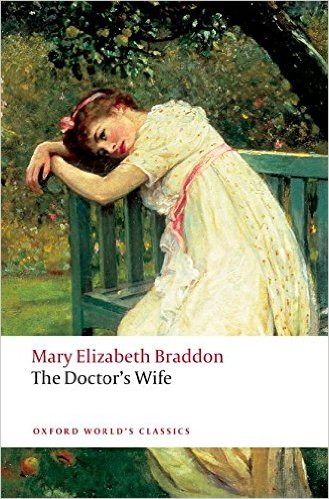
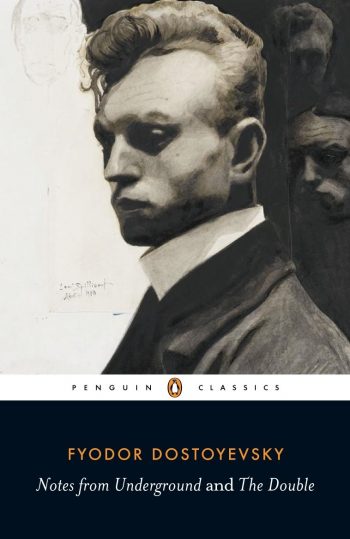
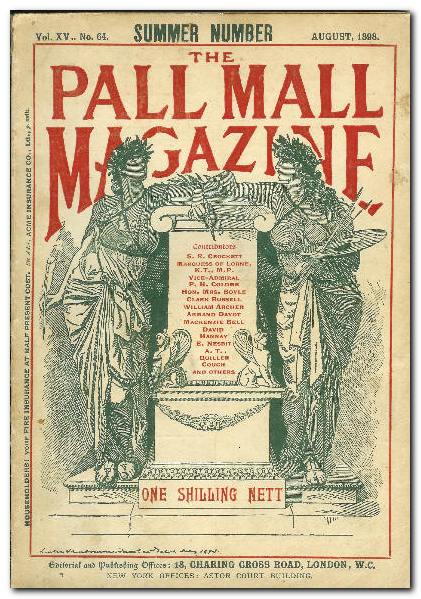


 The Cambridge Companion to Joseph Conrad offers a series of essays by leading Conrad scholars aimed at both students and the general reader. There’s a chronology and overview of Conrad’s life, then chapters that explore significant issues in his major writings, and deal in depth with individual works. These are followed by discussions of the special nature of Conrad’s narrative techniques, his complex relationships with late-Victorian imperialism and with literary Modernism, and his influence on other writers and artists. Each essay provides guidance to further reading, and a concluding chapter surveys the body of Conrad criticism.
The Cambridge Companion to Joseph Conrad offers a series of essays by leading Conrad scholars aimed at both students and the general reader. There’s a chronology and overview of Conrad’s life, then chapters that explore significant issues in his major writings, and deal in depth with individual works. These are followed by discussions of the special nature of Conrad’s narrative techniques, his complex relationships with late-Victorian imperialism and with literary Modernism, and his influence on other writers and artists. Each essay provides guidance to further reading, and a concluding chapter surveys the body of Conrad criticism.
 Lord Jim
Lord Jim Heart of Darkness
Heart of Darkness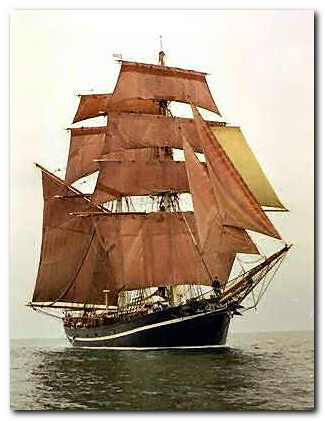
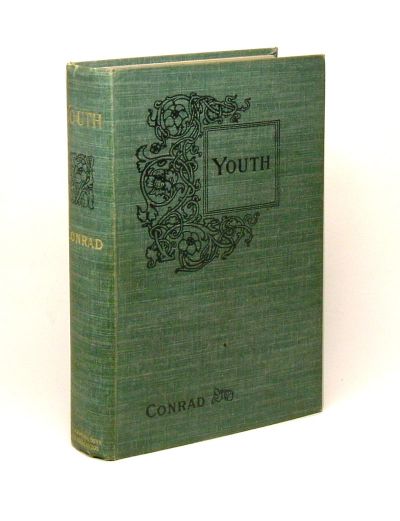
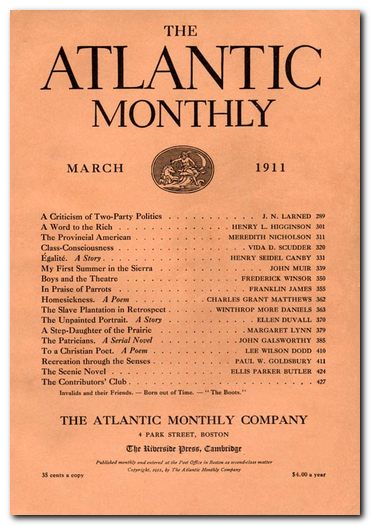

 Washington Square
Washington Square The Aspern Papers
The Aspern Papers The Spoils of Poynton
The Spoils of Poynton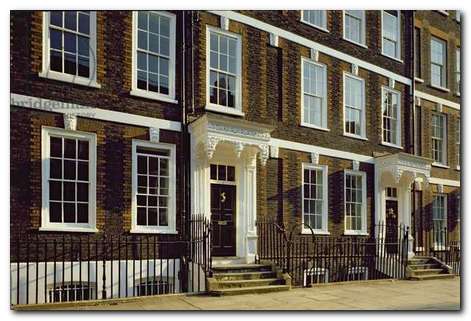

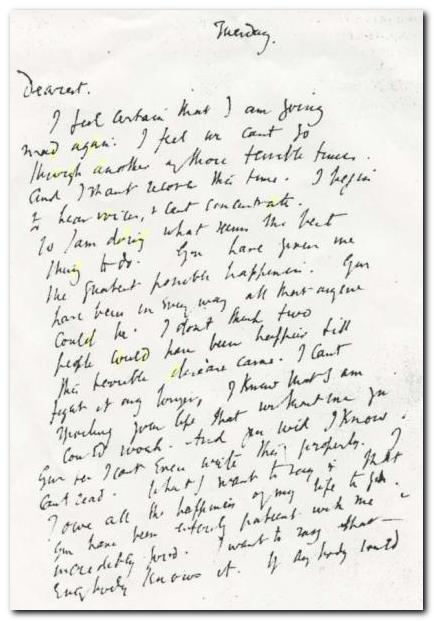
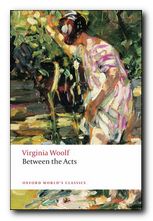 Between the Acts
Between the Acts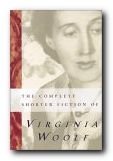 The Complete Shorter Fiction
The Complete Shorter Fiction Virginia Woolf
Virginia Woolf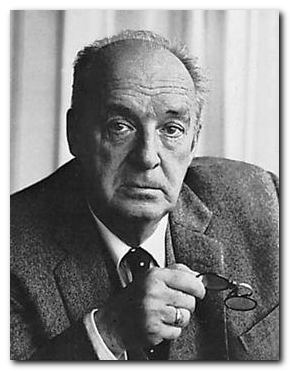
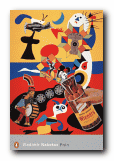 Pnin
Pnin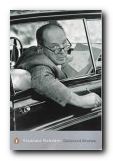 Collected Stories
Collected Stories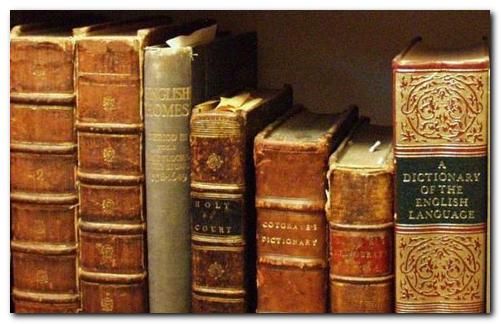

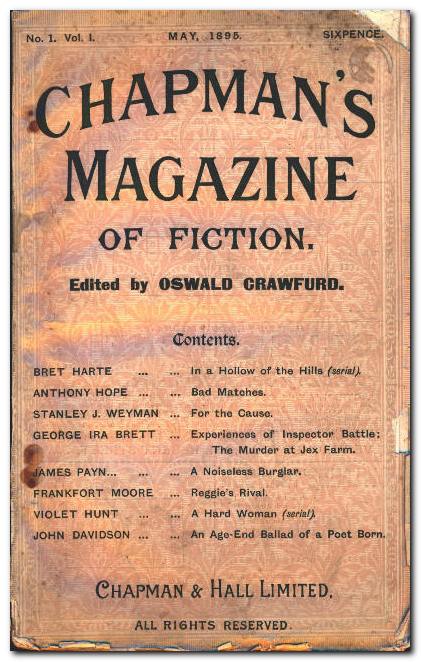
 The Ambassadors
The Ambassadors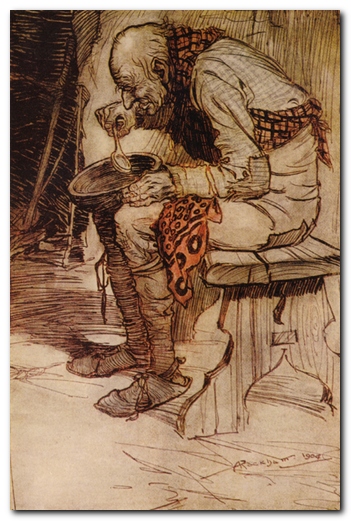

 The Bostonians (1886) is a novel about the early feminist movement. The heroine Verena Tarrant is an ‘inspirational speaker’ who is taken under the wing of Olive Chancellor, a man-hating suffragette and radical feminist. Trying to pull her in the opposite direction is Basil Ransom, a vigorous young man to whom Verena becomes more and more attracted. The dramatic contest to possess her is played out with some witty and often rather sardonic touches, and as usual James keeps the reader guessing about the outcome until the very last page.
The Bostonians (1886) is a novel about the early feminist movement. The heroine Verena Tarrant is an ‘inspirational speaker’ who is taken under the wing of Olive Chancellor, a man-hating suffragette and radical feminist. Trying to pull her in the opposite direction is Basil Ransom, a vigorous young man to whom Verena becomes more and more attracted. The dramatic contest to possess her is played out with some witty and often rather sardonic touches, and as usual James keeps the reader guessing about the outcome until the very last page. What Masie Knew (1897) A young girl is caught between parents who are in the middle of personal conflict, adultery, and divorce. Can she survive without becoming corrupted? It’s touch and go – and not made easier for the reader by the attentions of an older man who decides to ‘look after’ her. This comes from the beginning of James’s ‘Late Phase’, so be prepared for longer and longer sentences. In fact it’s said that whilst composing this novel, James switched from writing longhand to using dictation – and it shows if you look carefully enough – part way through the book.
What Masie Knew (1897) A young girl is caught between parents who are in the middle of personal conflict, adultery, and divorce. Can she survive without becoming corrupted? It’s touch and go – and not made easier for the reader by the attentions of an older man who decides to ‘look after’ her. This comes from the beginning of James’s ‘Late Phase’, so be prepared for longer and longer sentences. In fact it’s said that whilst composing this novel, James switched from writing longhand to using dictation – and it shows if you look carefully enough – part way through the book.